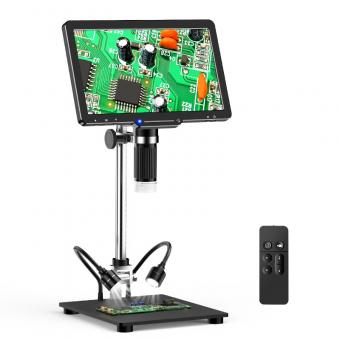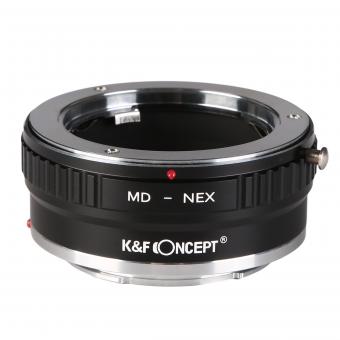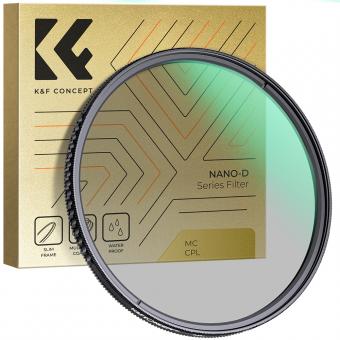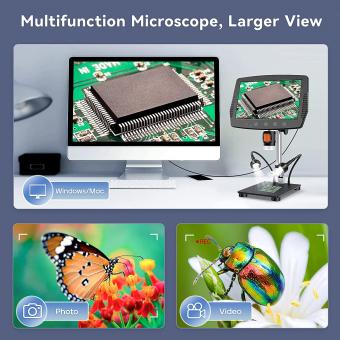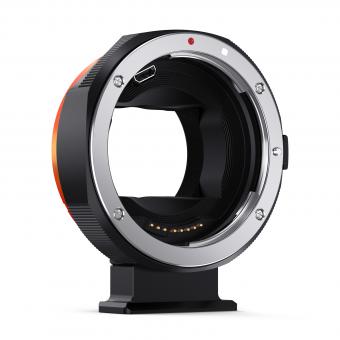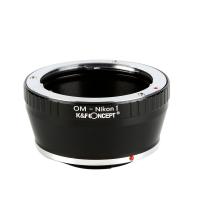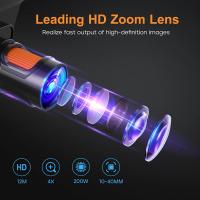Can We See Atoms With Microscopes ?
No, atoms cannot be directly seen with traditional optical microscopes due to their extremely small size. The resolution of optical microscopes is limited by the wavelength of visible light, which is much larger than the size of atoms. However, there are specialized types of microscopes, such as scanning tunneling microscopes and atomic force microscopes, that can indirectly visualize atoms by detecting their interactions with a probe tip. These techniques rely on the principles of quantum tunneling and atomic forces to create images of atomic surfaces at a nanoscale resolution.
1、 Atomic Force Microscopy: Visualizing atoms using a scanning probe technique.
Yes, we can see atoms with microscopes, specifically with the use of Atomic Force Microscopy (AFM). AFM is a scanning probe technique that allows us to visualize atoms and molecules at the nanoscale level. It was first developed in the 1980s and has since become an invaluable tool in nanoscience and nanotechnology.
AFM works by using a tiny probe, typically a sharp tip at the end of a cantilever, to scan the surface of a sample. As the probe moves across the surface, it interacts with the atoms and molecules present, resulting in changes in the cantilever's deflection. These deflection changes are then measured and used to create a topographic image of the sample's surface.
The resolution of AFM is remarkable, with the ability to visualize individual atoms and even the atomic arrangement within molecules. This level of detail has allowed scientists to study and manipulate materials at the atomic scale, leading to advancements in fields such as materials science, biology, and physics.
It is important to note that AFM does not directly "see" atoms in the traditional sense of optical microscopy. Instead, it relies on the interaction between the probe and the sample's surface. However, the resulting images provide a clear representation of the atomic structure.
In recent years, there have been advancements in AFM techniques, such as high-speed AFM and non-contact AFM, which have further improved the resolution and capabilities of the technique. These advancements have opened up new possibilities for studying dynamic processes at the atomic scale, such as chemical reactions and biological interactions.
In conclusion, Atomic Force Microscopy is a powerful tool that allows us to visualize atoms and molecules with high resolution. It has revolutionized our understanding of the nanoscale world and continues to be at the forefront of scientific research.
2、 Scanning Tunneling Microscopy: Imaging atoms through electron tunneling.
Scanning Tunneling Microscopy (STM) is a powerful technique that allows us to image atoms by utilizing the phenomenon of electron tunneling. With STM, we can indeed see atoms and manipulate them at the atomic level.
In STM, a sharp metallic tip is brought very close to the surface of a sample. A small voltage is applied between the tip and the sample, creating a tunneling current. By scanning the tip across the surface and measuring the tunneling current, a three-dimensional image of the surface can be obtained with atomic resolution.
The ability of STM to image atoms was first demonstrated in the early 1980s by Gerd Binnig and Heinrich Rohrer, who were awarded the Nobel Prize in Physics in 1986 for their work. Since then, STM has become an essential tool in nanoscience and nanotechnology.
It is important to note that STM can only image conducting or semiconducting surfaces. Non-conducting materials, such as most biological samples, cannot be imaged directly with STM. However, techniques like Atomic Force Microscopy (AFM) have been developed to overcome this limitation and allow imaging of non-conducting materials with atomic resolution.
The latest point of view is that STM and related techniques have continued to advance, allowing us to not only see individual atoms but also manipulate them. Scientists have used STM to move individual atoms and molecules, creating nanostructures with precise control. This level of control has opened up new possibilities in fields such as nanoelectronics, catalysis, and materials science.
In conclusion, Scanning Tunneling Microscopy enables us to see atoms by utilizing electron tunneling. It has revolutionized our understanding of the atomic world and continues to be a vital tool in nanoscience and nanotechnology.
3、 Transmission Electron Microscopy: Capturing atomic-scale images using electron beams.
Transmission Electron Microscopy (TEM) is a powerful technique that allows us to capture atomic-scale images using electron beams. With TEM, we can indeed see atoms, as well as their arrangement and interactions within a material. This technique has revolutionized our understanding of the atomic world and has been instrumental in various scientific fields.
TEM works by passing a beam of electrons through a thin sample, which interacts with the atoms in the material. The electrons are then focused onto a fluorescent screen or a digital detector, creating an image that reveals the atomic structure. By manipulating the electron beam and using advanced imaging techniques, we can achieve resolutions down to the sub-angstrom level, enabling us to visualize individual atoms.
However, it is important to note that directly "seeing" atoms with a microscope is not the same as observing them with our naked eye. The images produced by TEM are representations of the electron interactions with the atoms, and they require interpretation and analysis by trained scientists. Additionally, the sample preparation process for TEM can be complex and delicate, as the material needs to be extremely thin to allow the electrons to pass through.
In recent years, advancements in TEM technology have further enhanced our ability to study atoms. For example, aberration-corrected TEM has significantly improved resolution and image quality, allowing for more precise atomic imaging. Additionally, in-situ TEM techniques enable the observation of dynamic processes at the atomic scale, providing insights into the behavior of materials under different conditions.
In conclusion, while we cannot directly see atoms with our eyes, Transmission Electron Microscopy allows us to capture atomic-scale images using electron beams. This technique has greatly contributed to our understanding of the atomic world and continues to evolve with advancements in technology.
4、 Scanning Electron Microscopy: Revealing surface details at nanoscale resolution.
Can we see atoms with microscopes? The answer is no, traditional light microscopes cannot directly visualize atoms due to their limited resolution. However, the development of advanced microscopy techniques, such as Scanning Electron Microscopy (SEM), has allowed us to reveal surface details at nanoscale resolution.
SEM works by scanning a focused beam of electrons across the surface of a sample. As the electrons interact with the atoms in the sample, signals are generated and collected to create an image. This technique provides a much higher resolution compared to traditional light microscopy, allowing us to observe structures and features at the nanometer scale.
While SEM can provide detailed images of the surface of a sample, it still cannot directly visualize individual atoms. The resolution of SEM is limited by factors such as the size of the electron beam and the interaction between the electrons and the sample. To visualize individual atoms, more advanced techniques such as Transmission Electron Microscopy (TEM) or Scanning Tunneling Microscopy (STM) are required.
In recent years, there have been significant advancements in microscopy techniques that have pushed the boundaries of resolution. For example, aberration-corrected TEM has allowed researchers to visualize individual atoms and even atomic-scale defects in materials. Additionally, advancements in STM have enabled the manipulation and imaging of individual atoms on surfaces.
In conclusion, while traditional microscopes cannot directly visualize atoms, techniques like SEM have revolutionized our ability to reveal surface details at the nanoscale. However, to directly visualize individual atoms, more advanced techniques such as TEM or STM are necessary. Ongoing advancements in microscopy continue to push the limits of resolution, providing new insights into the atomic world.

